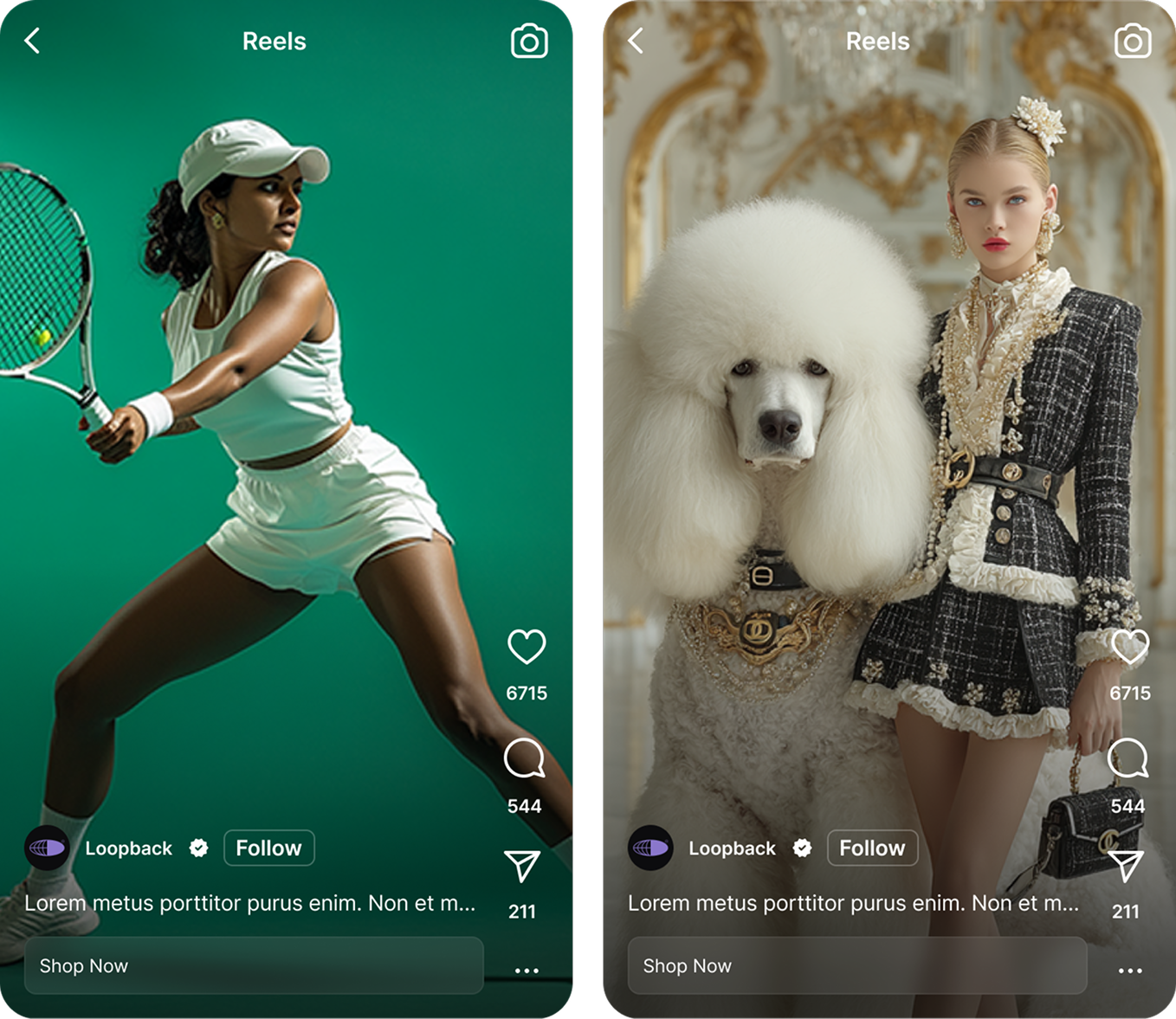Why First-Party Data Is the Only Influencer Advantage That Scales

Influencer marketing no longer scales on reach alone — the compounding edge is consented, first-party data that survives cookie loss and rising CPAs [1], converts creator impressions into deterministic signals brands can act on [2], dramatically improving the case for increased influencer spend when sales are tied back to FPD [3], and enabling personalized post-click experiences that lift loyalty [4] — all while preserving authentic creator relationships through transparent consent mechanics [5].
The Moment of Truth: Why First-Party Data Wins in Influencer Marketing
Cookie deprecation, signal disruption, and rising acquisition costs have collapsed the margin for inefficient influencer programs; the brands that win build a consent-first spine that treats creator-driven impressions as event sources, not just reach metrics. Deterministic identifiers (hashed email, consented device IDs, server-side events) transform ephemeral social interactions into repeatable inputs for targeting, creative iteration, and LTV modeling. When every creator click can be tied to a server-side order, measurement moves from probabilistic inference to actionable cohort analysis, letting marketing teams optimize for payback windows and margin-adjusted ROAS instead of vanity clicks. That shift turns influencer programs from an episodic expense into an investable, compounding growth channel.
Scale, Not Just Size: What Makes First-Party Data a Compounding Advantage
First-party data scales because it compounds across four mechanics: precision, relevance, identity, and proprietary insight. Precision and freshness come from deterministic signals — consented emails, device IDs, and server events — delivering low-latency behavioral context that beats platform-only heuristics. Relevance-in-motion is the iterative layer: view, add-to-cart, and purchase events map back to creator and creative IDs so you can prioritize formats and narratives that consistently move your customers. Identity as a flywheel uses unified IDs to suppress duplicates, sequence messages, and apply frequency caps consistently across site, app, and social allowlists, reducing wasted spend. Proprietary insight is the moat: you learn which creators and story arcs actually drive higher LTV for your catalog, a pattern competitors can’t replicate without your consented dataset.
The unique properties of scalable FPD
Deterministic signals reduce attribution variance; real-time event streams enable creative triage; unified identity prevents oversaturation; and proprietary patterns form a defensible playbook that compounds with each campaign.
Constraints and remedies
Early-stage programs face limited reach — solve by seeding high-LTV cohorts into paid lookalikes, whitelisting creator posts, and retargeting high-intent cohorts; data silos require event schemas, payload validation, and centralized consent; incomplete behavioral context is best met with zero-party inputs like preference centers; measurement complexity calls for deterministic matching paired with MMM/MTA triangulation and incrementality tests.
Build the First-Party Spine: Collection and Consent Architecture for Creator Programs
An operational first-party spine starts with a minimum viable event set, disciplined collection, and clear identity resolution rules. Collect identity signals (hashed email/phone with consent flags), commerce events (SKU, price, discount, refund status), journey data (view timestamps, creative ID, landing page), and explicit zero-party preferences (sizes, styles, channels). Enforce server-side tagging and a link strategy that makes every creator post a tracked source: unique UTMs, deep links, creator codes, QR codes, and mandatory post-purchase attribution flows that ask "Who influenced your purchase?". Route these events to a CDP or warehouse-first stack and apply deterministic rules for identity resolution while honoring privacy budgets and TTLs.
Operational rules matter: data contracts for event naming, payload validation, and consent logs prevent analytic drift; progressive profiling and granular opt-ins preserve trust; and server-side conversion APIs plus the use of unique creator coupons or QR codes close the loop without relying on fragile client-side cookies. Use a preference center to capture zero-party signals that enrich behavioral events and power creative brief refinement.
Activate With Precision: Turning First-Party Signals Into Scalable Creator ROI
Once you’re collecting clean, consented events, activation becomes a matter of audience and offer orchestration. Prospect with high-LTV and high-converter cohorts as seeds for platform lookalikes, and use creator allowlisting to extend brand-safe reach while maintaining creative provenance. Mid-funnel activation should be sequential: map viewed products and consumed content into dynamic landing pages that surface creator-specific social proof and timed offers. At conversion, use creator-coded discounts and inventory-aware recommendations to close more baskets and capture the creator attribution in the payment event.
Audience and offer orchestration
High-intent retargeting, frequency caps derived from unified IDs, and allowlisted post boosting reduce wasted impressions. Use dynamic creative templates that swap product images, creator testimonials, and CTAs based on the last-viewed creative ID to increase relevance and conversion velocity.
Creative and collaboration flywheel
Close the loop between creator output and performance by mapping content taxonomies (hook, format, length, CTA) to conversion events; feed those labels back into creator briefs and selection. Predictive scoring and AI can accelerate discovery, but the ground truth remains deterministic FPD — prioritize creators that drive repeat buyers and higher AOVs, not just clicks.
A practical example: a European brand used first-party journey and purchase data to identify high-converting formats, then expanded top creators into localized allowlisting to compound ROI across markets Zelesta case study. The result: improved ROAS and a repeatable activation playbook that prioritized creators by LTV, not impressions.

Zelesta case study
Learn MoreProve It (and Improve It): Measurement That Survives CFO Scrutiny
Measurement built on first-party foundations is defensible to finance because it ties content to revenue at the SKU and customer level. Embed a creator ID in every tracked link, coupon, and QR code and perform server-side deduplication so orders map deterministically to campaigns. Build cohort views by first touch, last touch, and multi-touch windows to understand payback periods and channel overlap. For incremental proof, run geo or audience holdouts, matched-market tests, or ghost-ads to estimate lift, and reconcile deterministic outcomes with MMM outputs for broader budget allocation.
Deterministic foundations
Creator attribution requires event-level discipline: attach creator metadata to the session, order, and lifecycle events; capture refund flags; and compute LTV cohorts so creative insights drive long-term allocation, not short-term CAC chase.
Triangulation for truth
Use experiments, MMM triangulation, and clean-room partnerships for second-party collaborations so decisions balance granular incrementality with strategic channel-level signals. A brand that closed the loop from creator content to verified first-party sales shifted budget to provably incremental creators and sustained margin improvements LYMA case study.
Trust by Design: Governance, Privacy, and Partner Strategy
Scaling creator programs depends on a trust-forward architecture: transparent value exchange, granular preferences, and privacy-safe tooling. Tell customers and creators exactly what you collect and why, offer perks for opt-ins, and use a preference center to let people control creator and channel choices. Implement consent logs, region-aware storage, and retention policies; adopt privacy tech like federated learning and data clean rooms for curated collaborations so you can extend reach without moving raw PII. Enforce FTC disclosure rules and give creators clear boundaries for data use to preserve authenticity and long-term partnerships.
When partnerships are necessary, use second-party or retail-media relationships to amplify reach but keep first-party data as the single source of truth so partner signals amplify rather than replace your competitive advantage.
Your Operating System for Scale: Roadmap, Roles, and KPIs
A clear 90-day plan converts strategy into execution. Days 0–30: define your event schema and data contracts, implement consent UX, deploy creator-specific UTMs/codes/QRs, and route events server-side to your CDP or warehouse. Days 31–60: run 3–5 creator pilots with allowlisting, instrument cohort and LTV dashboards, and execute a holdout test. Days 61–90: iterate briefs using first-party insights, expand top creators, seed lookalikes from high-LTV cohorts, and deliver a CFO-ready ROI pack. Roles matter: data lead owns schema and identity; creator lead runs recruitment and briefing; growth/media executes allowlisting and retargeting; analytics designs tests and reporting.
Track metrics that connect data health to business outcomes: consent rate, event completeness, ID match rate, CAC by creator, payback period, AOV, refund-adjusted ROAS, cohort LTV, repeat rate, and preference center opt-ins. Your tech checklist should include a CDP or warehouse-first stack, server-side event gateway, consent management, link/code/QR generator, identity resolution, MMM/MTA tools, and clean-room access — all integrated into a creative taxonomy and briefing pipeline.
Conclusion
First-party data is the only influencer advantage that reliably scales because it compounds: every tracked impression improves targeting, creative briefs, measurement, and retention; every consented customer becomes a repeatable seed for lookalikes and retention plays. Start with rigorous collection, protect trust with transparent consent, activate signals into precise audience and creative tests, and prove incrementality with deterministic measurement and experiments. If you want to move from episodic influencer spend to an investable growth engine, treat creators as data sources and customers as your primary signals — then allocate based on verified LTV and incremental lift.
To explore practical implementations and case studies, visit The Cirqle's success stories and adapt the playbook to your stack.
Get started with The Cirqle today.
Give your team the power and speed they need to find the right partners and grow your brand.
%201.avif)






